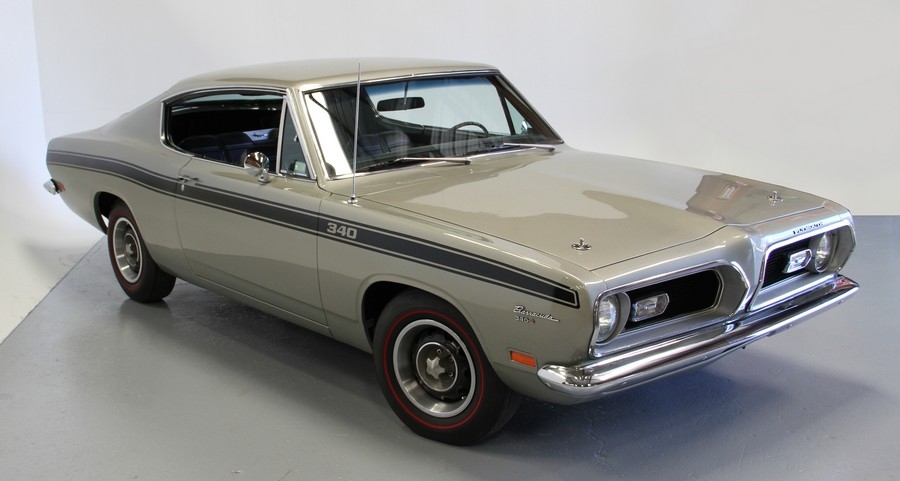• Rare, matching-numbers 1969 Barracuda Formula S
• 340-ci engine with rare 4-speed manual transmission
• Fresh restoration with 500 test miles
• In storage for 30 years before show-winning restoration
• Built with high-quality original and reproduction parts. Only deviations from stock are the addition of an Edelbrock carburetor with electric choke and Mopar performance electronic ignition, along with March pulley set
• Trunk and cargo area house an Alpine amplifier and Infinity speakers to allow music via iPod hookup hidden under dash

